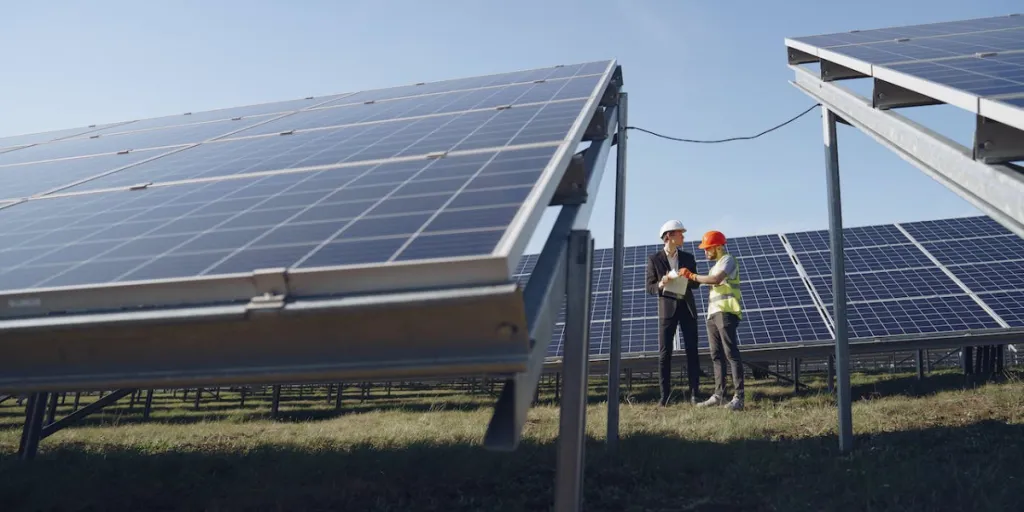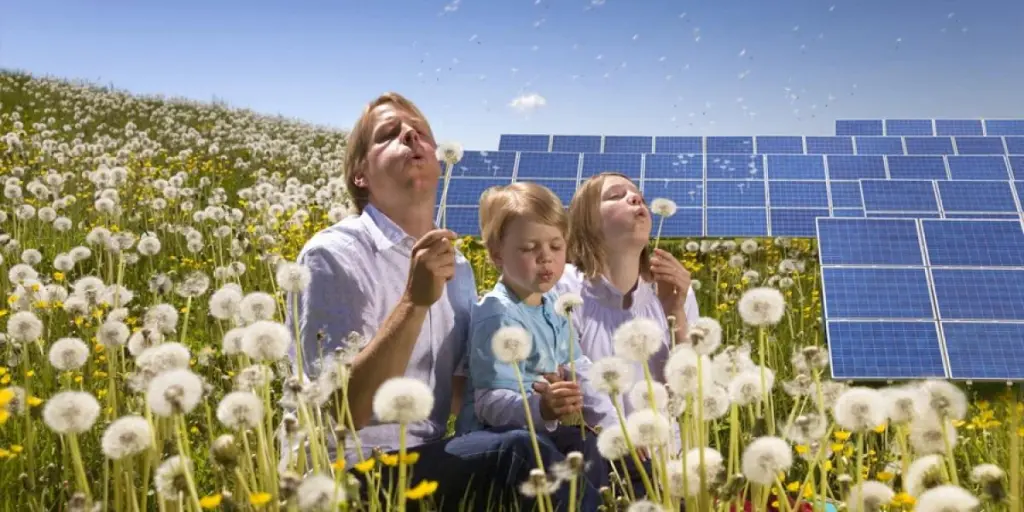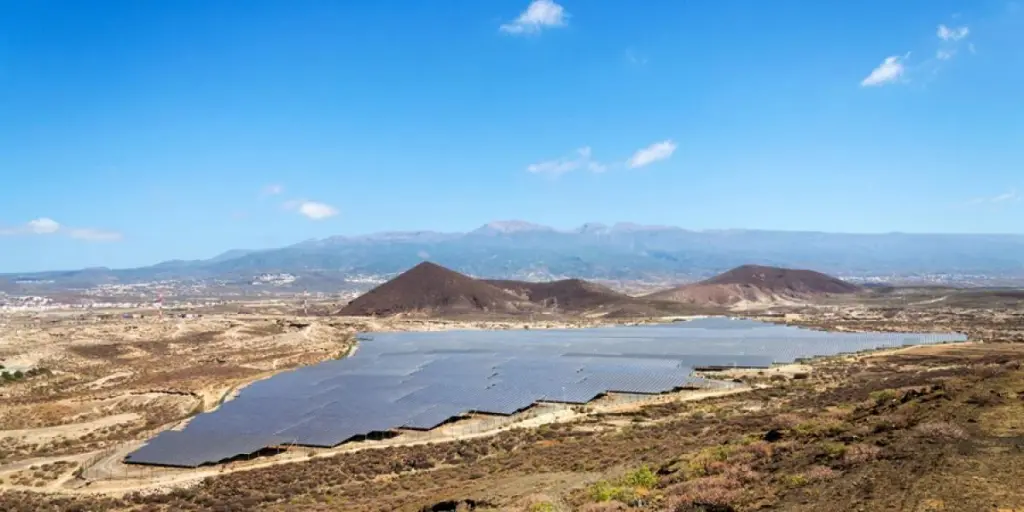- Berkeley Lab study on US grid interconnections shows over 2 TW generation and storage capacity in queue
- Most of it is led by solar with 947 GW and an additional 670 GW energy storage among other technologies
- Large grid operating regions like CAISO and PJM are not entertaining any new grid connection requests with an eye on backlog
- Government needs to improve institutional processes to clear up queues and prevent withdrawals
US grid companies are inundated with transmission interconnection requests, dominated by clean energy, that at the end of 2022 amounted to over 2 TW of total generation and storage capacity, led by 947 GW solar PV, all of which exceeds the amount needed to get to 90% US electricity from zero carbon resources by 2035, says Lawrence Berkeley National Laboratory (Berkeley Lab).
Following this almost 1 TW solar capacity in queue is 300 GW onshore wind that comprises 113 GW offshore wind, and another 670 GW energy storage. Solar and battery storage alone account for more than 80% of new capacity entering queues in 2022.
Among hybrid projects, there is 475 GW of solar hybrids, mainly solar and battery, and 24 GW of wind hybrids. Brekeley Lab counts over 1.25 TW of zero carbon generating capacity currently seeking transmission access in the US. Additionally, there is 82 GW natural and 1 GW coal also in line, according to Berkeley Lab study titled Queued Up: Characteristics of Power Plants Seeking Transmission Interconnection As of the End of 2022.
At least 62% or 1.26 TW of total capacity in queues has a scheduled date of 2025-end, including 695 GW solar, to come online while 13% or 257 GW already has an executed interconnection agreement.
But that’s not all. The Inflation Reduction Act (IRA) is likely to further drive this growth in interconnection requests in the near future, according to the study.
Going by the massive queues, CAISO did not accept any new requests for grid interconnection in 2022 to be able to first clear the backlog. Even PJM, one of the country’s largest grid operating regions in the US, has paused new interconnection reviews till 2025.
While this points at ‘unprecedented’ investor interest in clean energy development in the country, increasing delays and high withdrawal rates point to a major barrier for developers of these projects, opined Energy Policy Researcher at Berkeley lab, Joseph Rand.
Analysts believe much of this proposed capacity will not ultimately be built citing data from the previous years. They claim only 21% of the projects and 14% of capacity seeking connection from 2000 to 2017 have been built as at the end of 2022.
Reasons they consider for this assessment is growing interconnection wait time—between connection request and commercial operation—that has gone up from less than 2 years in 2000-2007 to nearly 4 years for those built in 2018-2022.
At the same time, a lot of projects appear to be waiting until later stages of interconnection process to backout. “Later-stage withdrawals can be more costly for developers and can disrupt assumptions built into other projects’ interconnection studies, potentially delaying other projects,” pointed out Co-Author Rose Strauss.
Another Berkeley Lab analyst Julie Kemp said. “The large backlogs, increasing wait times, and high withdrawal rates in the queues suggest growing interconnection and transmission challenges and highlight the need to improve institutional processes.”
The study is available for free download on Berkeley Lab’s website.
In an earlier study on the subject, Berkeley Lab had said 462 GW solar power capacity was waiting for grid connection in the US at the end of 2020.
Source from Taiyang News
The information set forth above is provided by Taiyang News independently of Alibaba.com. Alibaba.com makes no representation and warranties as to the quality and reliability of the seller and products.




